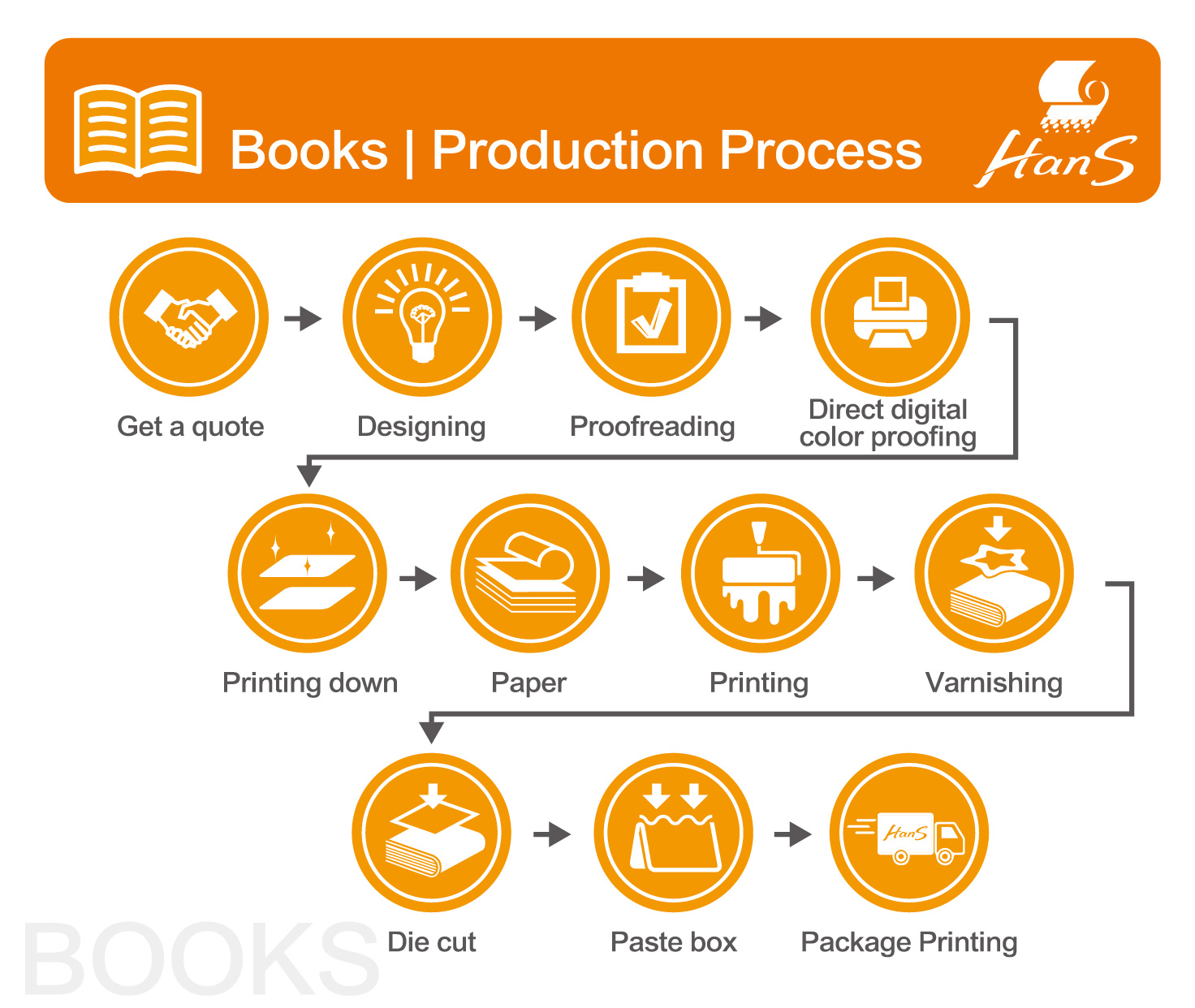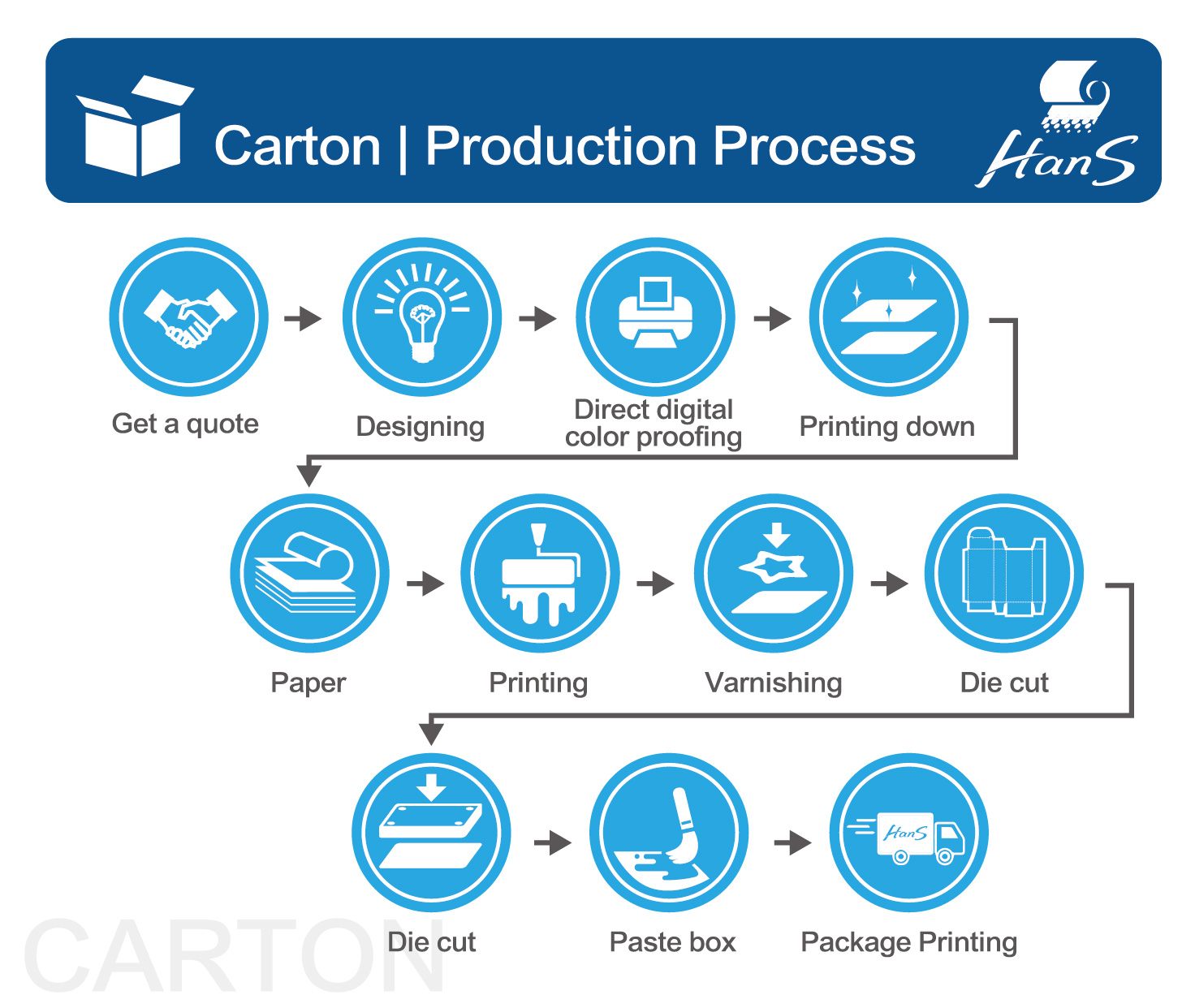Print Resolution
-
sentiment_very_satisfied
Viewers:
- 0
Print resolution is a key factor in determining the quality of printed materials. It refers to the level of detail that a printer can reproduce in a given space, typically measured in dots per inch (DPI).
Understanding Print Resolution1. DPI (Dots Per Inch)- Definition: DPI measures the number of individual dots of ink a printer can place within a one-inch space. - Higher DPI: Indicates more detail and sharper images. Common high-resolution settings are 300 DPI and above. - Lower DPI: Suitable for less detailed prints, such as large posters viewed from a distance. Common settings are 150 DPI or lower. 2. PPI (Pixels Per Inch)- Definition: PPI refers to the number of pixels per inch in a digital image. - Relation to DPI: When printing, a digital image’s PPI should match or exceed the printer’s DPI for optimal quality. |
|
Print Resolution Guidelines for Different Applications |
1. Photographs and High-Quality Prints- Resolution: 300 DPI or higher. - Use Case: Professional photo prints, detailed artwork, and high-quality brochures. - Reason: Ensures that fine details and subtle color gradations are accurately reproduced. |
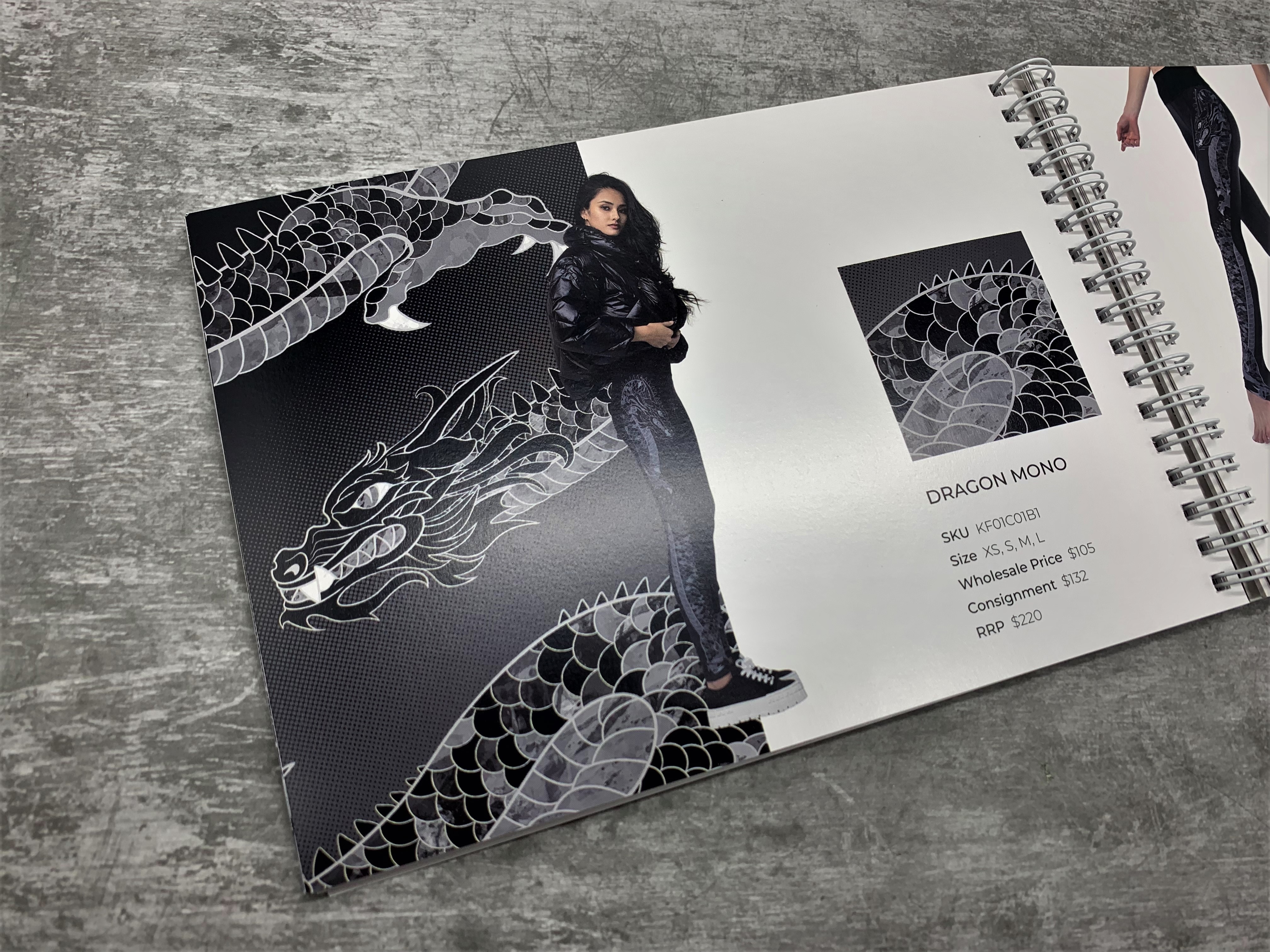 |
|
2. Magazines and Books- Resolution: 300 DPI. - Use Case: Magazines, catalogs, and book covers. - Reason: Provides a good balance between image quality and file size, ensuring clear and sharp text and images. |
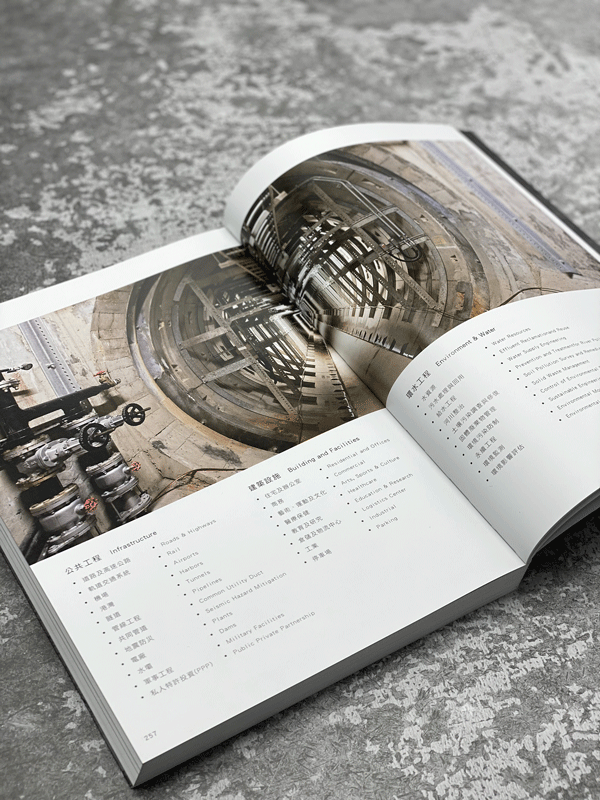 |
|
3. Posters and Banners- Resolution: 150-300 DPI. - Use Case: Large-format posters and banners. - Reason: Depending on the viewing distance, a lower resolution (150 DPI) can be acceptable without compromising perceived quality. |
 |
4. Billboards and Large-Scale Signage- Resolution: 72-150 DPI. - Use Case: Billboards, building wraps, and other large-scale outdoor signage. - Reason: Lower resolutions are sufficient because these prints are typically viewed from a distance. |
|
5. Office Documents- Resolution: 150-200 DPI. - Use Case: Everyday office printing, such as reports and internal documents. - Reason: Adequate for text and simple graphics without excessively large file sizes. |
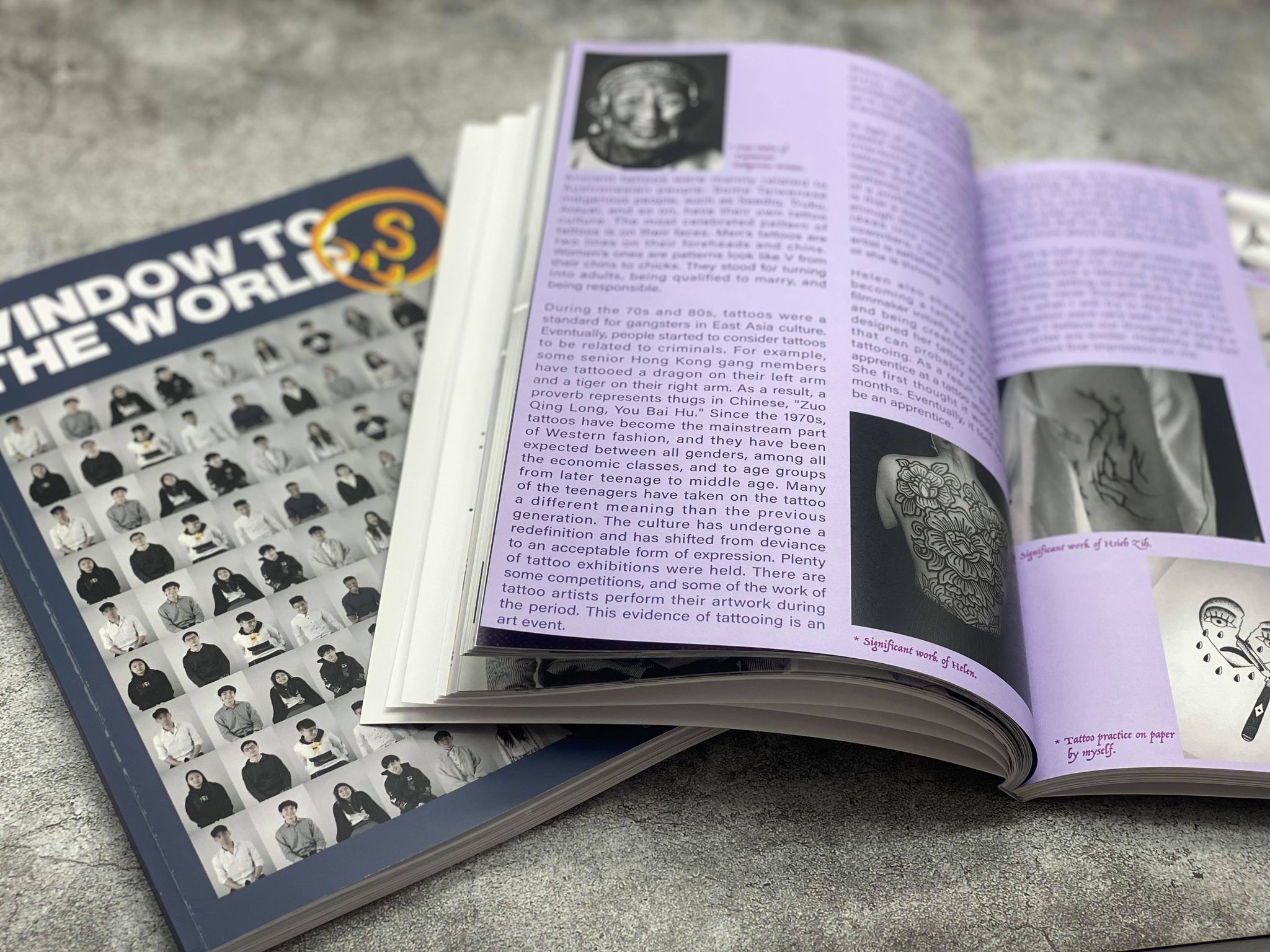 |
Factors Affecting Print Resolution1. Printer Type- Inkjet Printers: Often support higher resolutions (up to 4800 DPI) and are suitable for photo and fine art printing. - Laser Printers: Typically support resolutions up to 1200 DPI, ideal for text and office documents. 2. Paper Quality- Glossy and Coated Papers: Better suited for high-resolution prints as they can hold more ink without bleeding. - Uncoated Papers: May require lower resolutions to prevent ink spread and ensure clarity. 3. Viewing Distance- Close-Up Viewing: Requires higher resolutions for detailed and sharp images. - Distant Viewing: Allows for lower resolutions since the human eye cannot discern fine details from afar. |
Optimizing Digital Files for Print1. Image Editing- Resolution Settings: Ensure digital images are created or resized to the correct resolution (e.g., 300 PPI for high-quality prints). - Image Quality: Use lossless file formats like TIFF or PNG to maintain image quality during editing and saving. 2. File Preparation- Bleed and Trim Marks: Include bleed areas (usually 3-5 mm) and trim marks in the design file to ensure accurate cutting. - Color Profiles: Use CMYK color profiles for print files to ensure color accuracy. 3. Proofing- Soft Proofing: Use software to simulate how colors will look when printed. - Hard Proofing: Print a sample copy to check for color accuracy and resolution before final production. |
Print resolution is crucial for achieving the desired quality in printed materials. By understanding the appropriate DPI settings for different applications and optimizing digital files accordingly, you can ensure high-quality prints that meet professional standards.
From planning and filing to the completion of printed matter, printing must go through many procedures, combined with the professional skills of countless people, such as graphic designers, commercial photographers, copywriters, typewriters, artists, color separation technicians, printing technicians, Public workers, printing technicians, bookbinding, varnishing and various processing technicians, etc., without any one, can not successfully complete the printed matter, so they are all important contributors.
We assist many enterprises and organizations in the integrated planning and production of printed materials, focusing on providing comprehensive printing integration services, helping you think more, do more, and win more under limited time and money.
